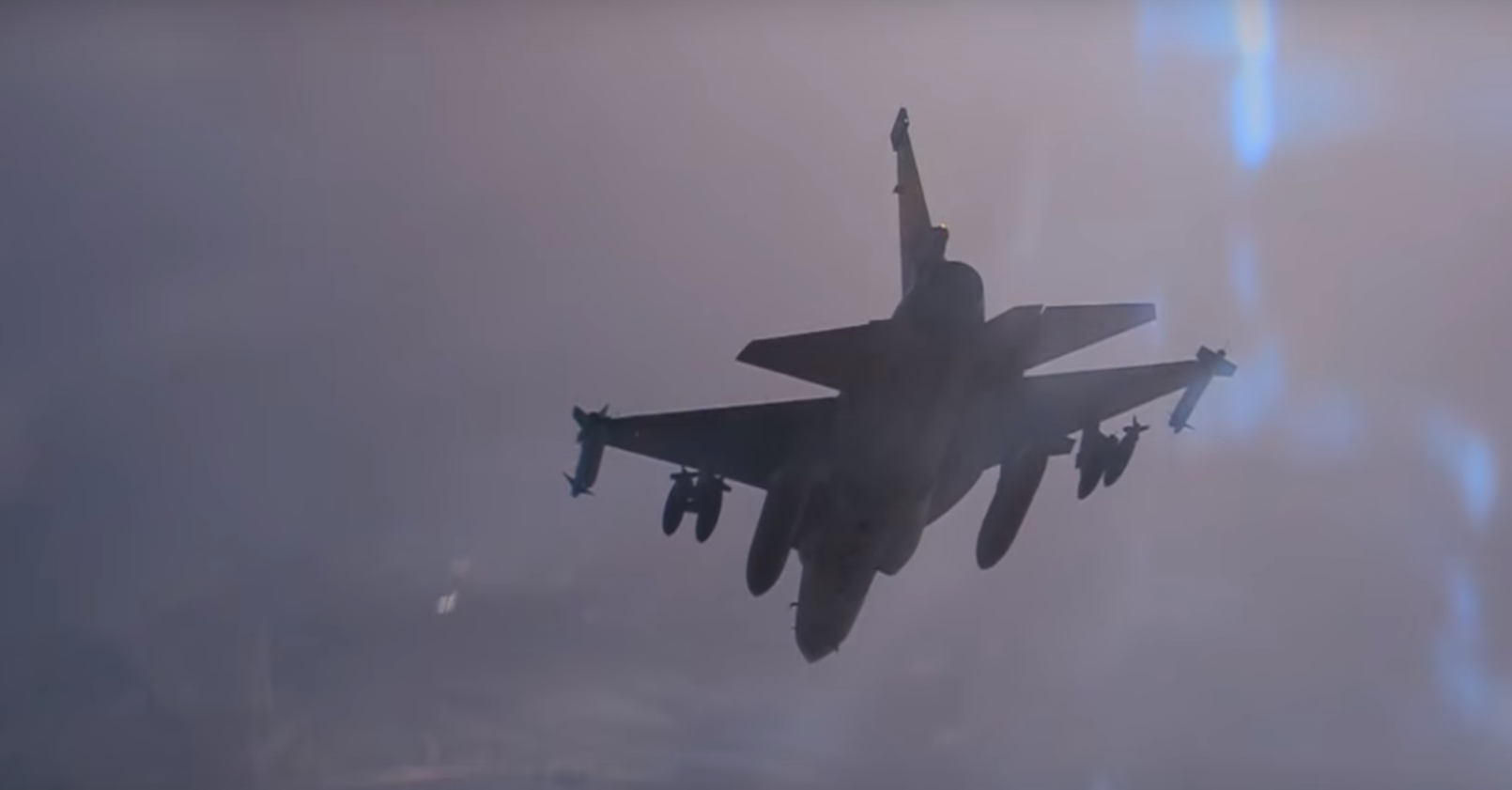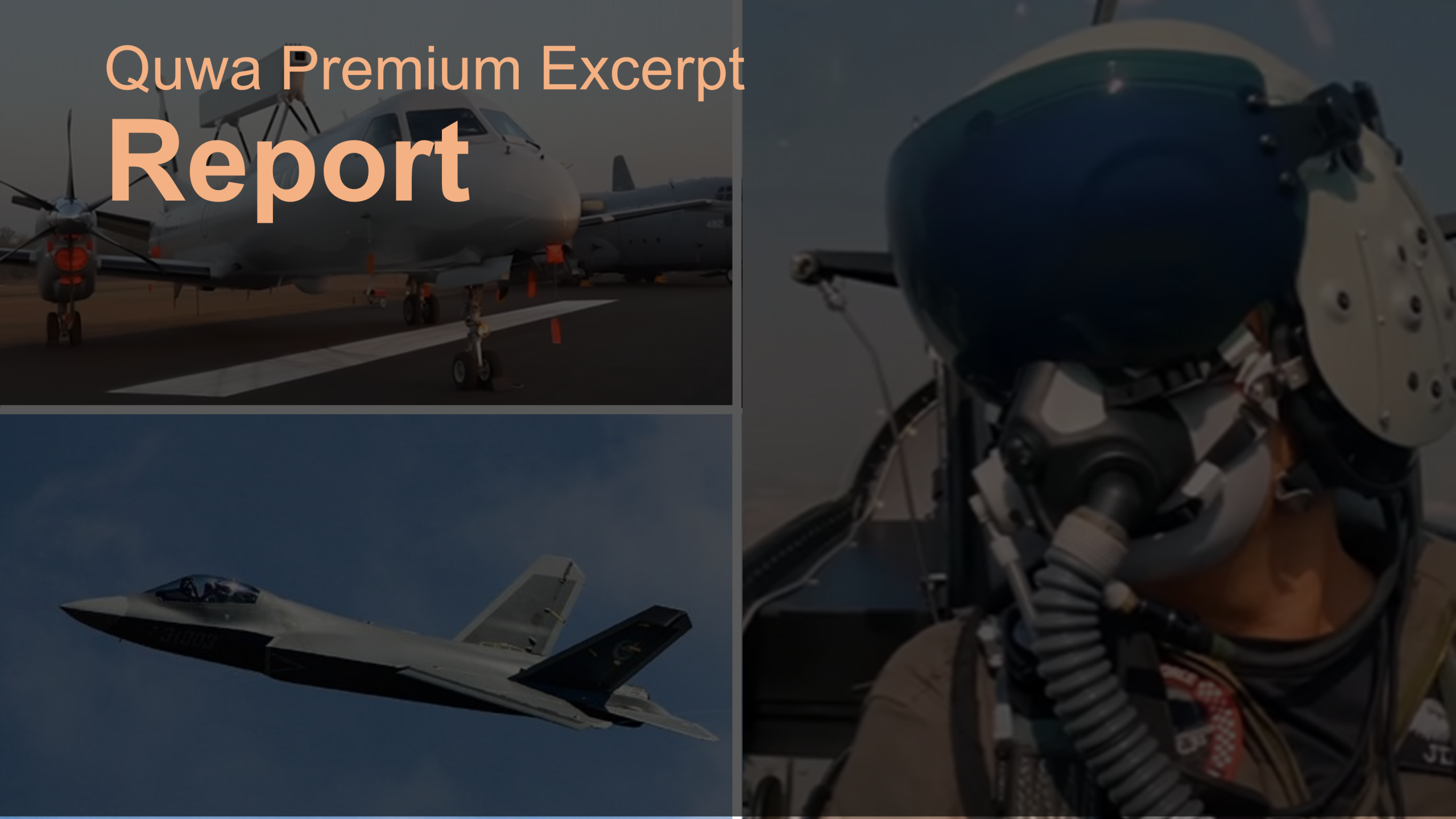The Pakistan Air Force (PAF) has not been coy about keeping the JF-17 Thunder’s electronic warfare (EW) and electronic countermeasures (ECM) options open, especially from the perspective of building out the JF-17’s exportability. A few years ago, Pakistan Aeronautical Complex (PAC) tested an EW suite controller acquired from the Spanish firm Indra, and some believe that the JF-17 Block-II uses an Indra ECM suite.
The freedom to integrate its choice of weapons and subsystems onto the platform confers the PAF with advantages that are not available with the F-16. These advantages include quicker iterative upgrades, an assured modernization roadmap, and the ability to explore and exercise the full gamut of possible options.
One such option could be Aselsan, Turkey’s leading producer of military-grade electronics equipment. Through a combination of local licensed manufacturing and original research and development (R&D), Aselsan became leading electronics vendor for the Turkish military, especially over the past 10 years. In fact, the next several years will likely be a “break-out” period of sorts for Aselsan as it begins to channel the results of its own R&D efforts into marketable high-quality solutions.
Aselsan has no shortage of programs, but the focus of this article will be on the company’s EW and ECM technology. While the company’s efforts originally centered on producing the BAE Systems’ AN/ALQ-178 SPEWS (short for Self Protection Electronic Warfare System) for the Turkish Air Force’s F-16s, the company succeeded in developing its own complete EW and ECM solutions. For example, Aselsan produces its own radar warning receiver (RWR), missile warning system (MWS), laser warning system (LWS), chaff and flare management and dispensing system, and digital radio frequency memory (DRFM)-based jamming system.
For those of you not familiar with EW/ECM. The systems noted above basically enable fighter aircraft (and other aircraft types) to protect themselves against airborne threats, such as enemy radar detection and air-to-air (as well as surface-to-air) missiles. RWRs alert fighters to possible enemy radar activity, chaff and flare systems can be used to thwart infrared and radar-guided missiles, and DRFM-jamming can be used to reduce enemy radar effectiveness (and potentially even thwart radar-guided missiles). For higher output jamming, dedicated EW pods are also available.
Aselsan is marketing its subsystems as an integrated ECM solution – the ‘Helicopter Electronic Warfare System’ (HEWS). The specific reference to helicopters notwithstanding, Aselsan is actually pushing the HEWS as an ECM suite for fixed-wing aircraft as well. Given that Aselsan is also developing an active electronically-scanned array (AESA) radar and dedicated EW pod for the Turkish Air Force’s F-16s, it is likely that the HEWS will serve as the foundation for a new ECM kit as well (destined for Turkey’s F-16s).
Looking at Aselsan’s messaging, it is evident that a very high level of competency was invested into developing the HEWS’ subsystems. For example, Aselsan claims that the HEWS’ DRFM-based jammer uses “transmitters with active electronically-scanned phased array antenna (AESA) architecture.” This enables the system to provide “RF spectrum coverage with the most advanced countermeasure techniques.”
The Aselsan HEWS or a variation of it could be a viable ECM suite for use on the JF-17. Granted, the PAF’s fiscal constraints may limited the extent to which it could draw upon Aselsan’s expertise, but then again, the situation may not be as dire if fighter funding were fully concentrated behind the JF-17. With the Aselsan HEWS, the JF-17 could potentially have a self-protection suite comparable to the AN/ALQ-211(v9) used on the PAF’s F-16A/B Mid-Life Update (MLU), for example.
If the PAF is already using a comparable suite provided by Indra (e.g. ALQ-500) on the JF-17 Block-II, then it is unlikely it would need the Aselsan HEWS for itself. However, if Indra is not a factor, then the HEWS could be a viable option for the PAF. The PAF will have to be careful with its limited funds, there is nothing wrong with staging a significant ECM upgrade with the Block-III.
In any case, imagine the idea of having 50 (or potentially 100-150) JF-17s equipped to this level – i.e. a large number of comparatively low-cost aircraft equipped with the same radar, EW/ECM, and weapon-systems technology found on much more expensive alternatives. Sure, a single JF-17 equipped to these specifications is not going to be superior to an individual Rafale or Su-35, but a large number of them (each with an AESA radar and DRFM-based EW/ECM suite) data-linked to one another and an airborne early warning and control (AEW&C) aircraft will offer a credible defensive deterrent.
In terms of export, the HEWS could be a way to enhance the exportability of the JF-17 before the introduction of the JF-17 Block-III. Subsystems such as helmet-mounted display and sight (HMD/S) and high off-boresight (HOBS) air-to-air missiles (AAM) are already available on the market. PAC could get these systems integrated onto the JF-17 Block-II, and in turn, offer it as a solution to prospective buyers, especially buyers that are likely keen on achieving strong qualitative enhancements with their big-ticket acquisitions, such as Morocco. It is not uncommon to see an export variant of a fighter be superior to the variant used domestically, it is after all much easier to iterate upon a prototype than it is with a fully operational (and busy) fleet. Just take the United Arab Emirates and the F-16E/F Block-60 as an example.
In the end, it is worth remembering that Aselsan is just an option, and there are other options; but this is the beauty of the JF-17, we can discuss options. There was news a while back of the PAF expressing its interest in the Thales Damocles targeting pod, and given the headway India is apparently making in terms of buying Rafales from Dassault, that pod is probably not going to be a reality for the PAF. But who cares? The PAF can keep exploring its options, such as the Aselsan ASELPOD, or a new Chinese targeting pod, and so on. At least the PAF does not have to sit idle and wait for the U.S. to release or approve a national need.




